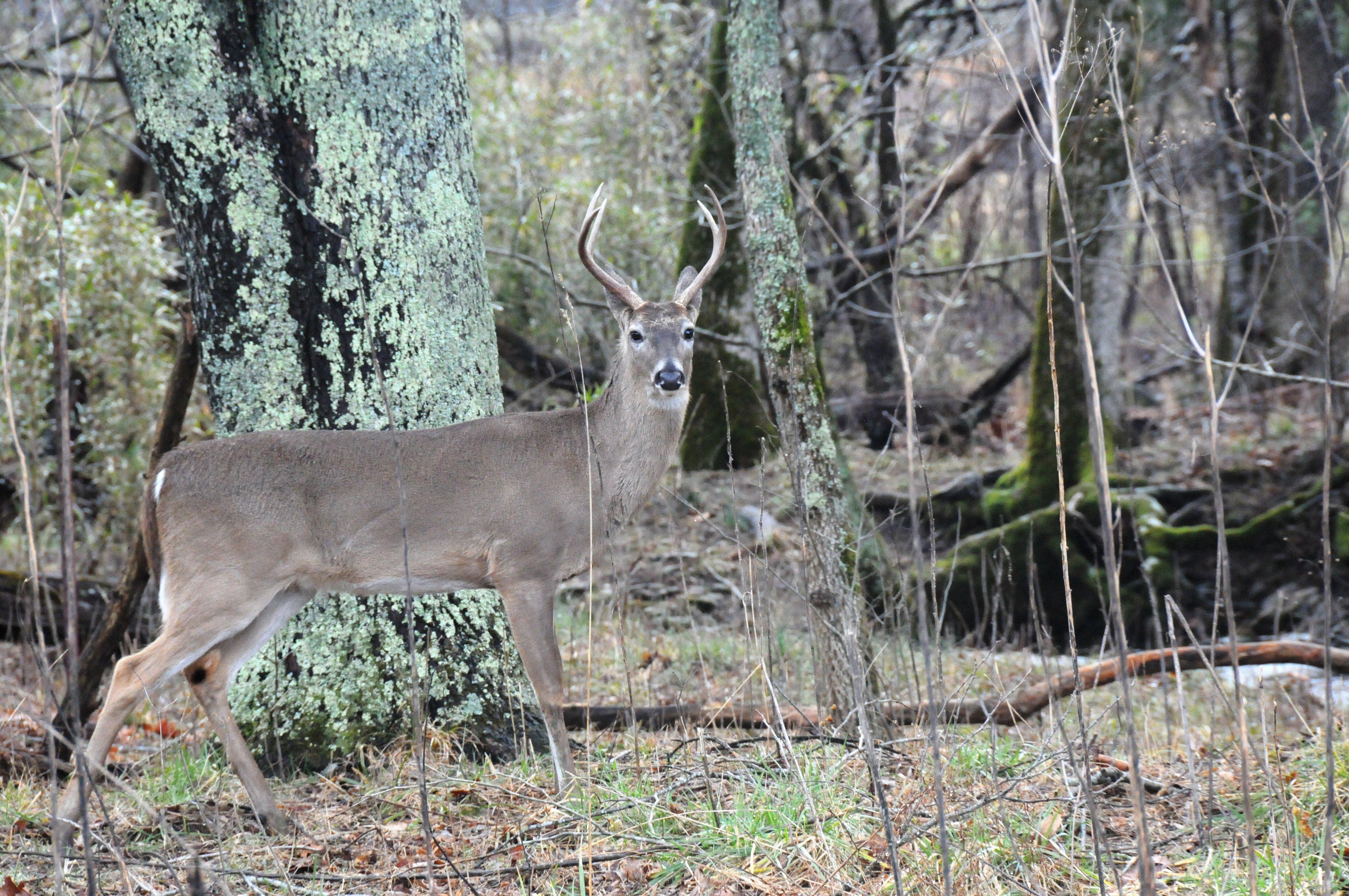New Rules Designed to Harvest More Does, Young Bucks

That's what the Missouri Department of Conservation is asking of hunters in 19 central and northeastern state counties this season in an effort to curb the spread of chronic wasting disease, a fatal degenerative brain disease in cervids that has no cure.
According to an article in the Hannibal Courier-Post, the Missouri Conservation Commission recently approved several rule changes for the 2015-'16 deer season in and near counties where CWD has been detected. New regulations remove antler-point restrictions so hunters can kill more young bucks. Also, they increase the availability of firearms antlers permits from one to two so hunters can reduce deer numbers.
A primary way CWD is spread is through deer-to-deer contact, Kelly Straka, Department of Conservation state wildlife veterinarian, said in the article. Deer gathering and interacting in larger numbers can potentially increase the spread in an area. Young bucks can also potentially spread the disease to new areas as they search for territories and mates.
Similar measures were enacted in 2012 for six northeastern Missouri counties — Adair, Chariton, Linn, Macon, Randolph and Sullivan — after CWD was discovered in Linn and Macon counties, the article said. The recent change covers five more northeastern counties: Knox, Scotland, Schuyler, Shelby and Putnam. Six deer tested positive for CWD this past season in Adair County. The new rules also include eight central Missouri counties: Boone, Callaway, Cole, Cooper, Miller, Moniteau, Morgan and Osage. CWD was found in a buck shot in Cole County this past winter.
Missouri is also considering rule changes for 2016-'17 that would require testing of deer shot during opening weekend of the firearms season in the 19 counties, the article said. Sixteen new cases of CWD were found in deer via testing this past fall and winter, and a total of 26 deer have tested positive since the disease was discovered in Missouri in 2010. The department collected more than 3,400 tissue samples for testing from deer this past year.
The Department of Conservation also discouraged hunters from feeding and providing salt and minerals to deer, and from transporting or improperly disposing of potentially infected deer carcasses, according to the article.
CWD was first recognized in 1967 and has spread to captive and free-ranging cervid herds in 23 states and two Canadian provinces. It was most recently found in Michigan.







